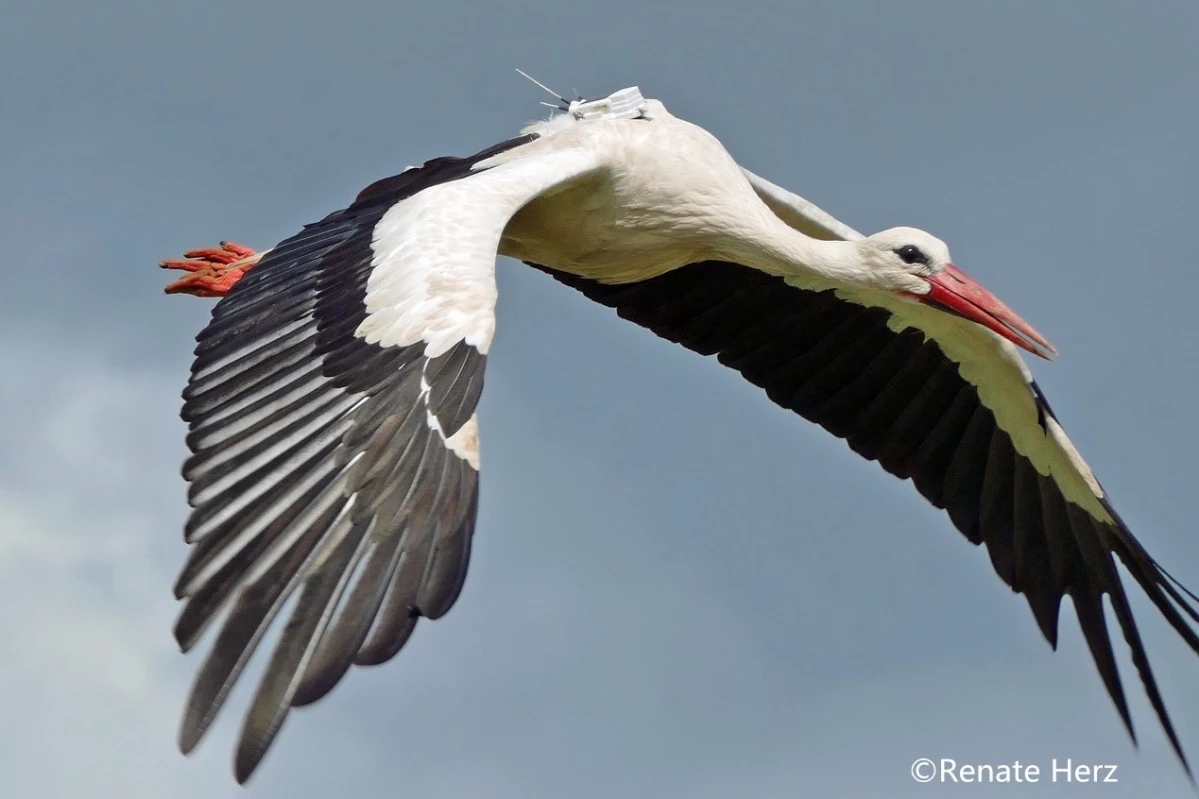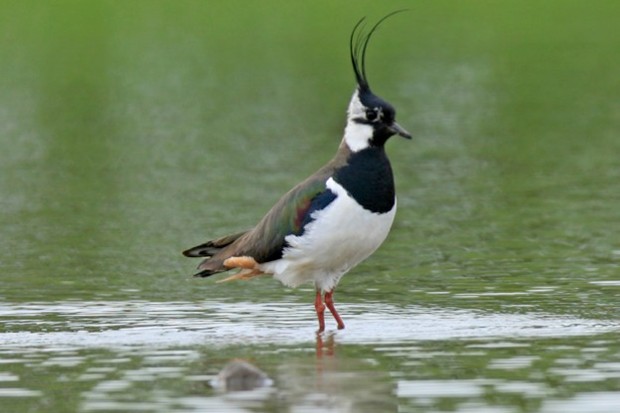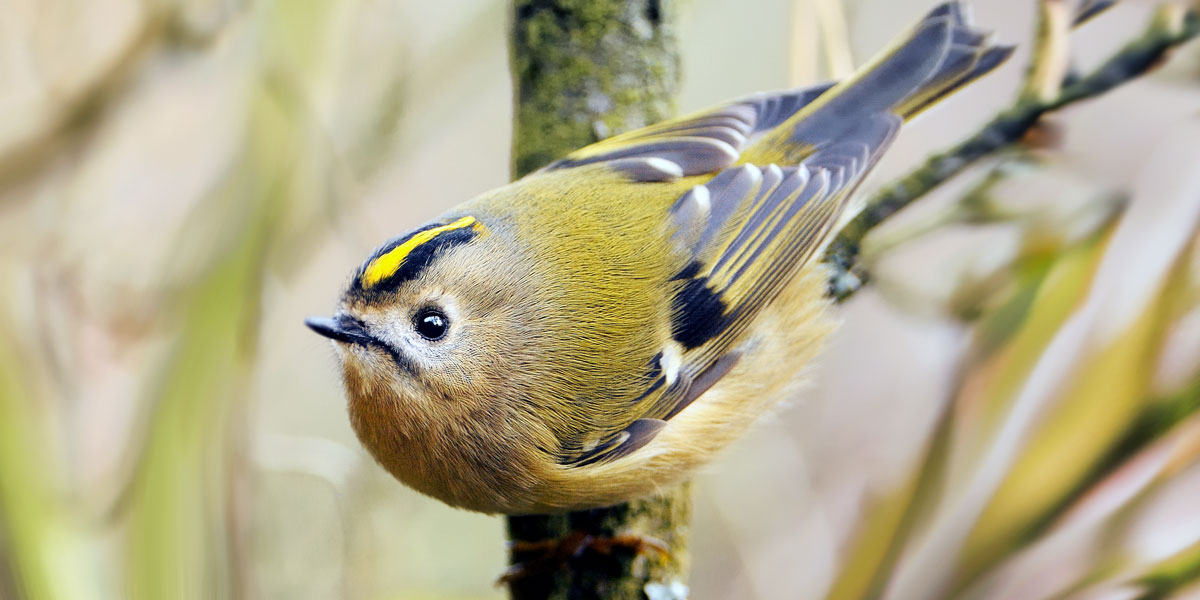White Storks are large, wading birds. They are covered in white feathers, except for the black primary feathers on the wings; and have long, sharp bills and slender legs, both red.
.jpg)
Males are larger than females, but both have identical plumage. Hatchlings and the young have black bills and yellowish-grey legs.
Amazing Stork facts
Here are a few fun facts about these wading birds.
- There are 19 species of storks, and they have a lifespan of 30+ years.
- The marabou stork is the largest of all of these species, weighing 20 lbs. with a wingspan of 12 feet. The smallest, on the other hand, is the hamerkop, which only weighs 17 ounces.
- Identification is rather easy, since they stand so tall and primarily have white, black, and gray feathers.
.jpg)
marabou stork
.jpg)
hamerkop
Feed
Ciconia ciconia feeds by day. It is carnivorous and has a varied diet of small mammals, large insects, amphibians, snakes, lizards, earthworms, fish, eggs and hatchlings of ground-nesting birds, molluscs, and crustaceans.
In years of drought White Storks eat mainly insects and mice. In wet years their diet consists principally of aquatic animals.
White Storks search for food while walking with their bill pointing towards the ground. When prey is detected, they jab forward their bill in order to grab it.
They found
They breed throughout Europe, North Africa, Asia Minor, and the Middle East. During the winter they migrate in flocks of thousands to tropical Africa, parts of the Middle East, and the Indian subcontinent.

Thermal updrafts assist their migration. For this reason, they avoid stretches of open water, such as the Mediterranean Sea.
Mate
Ciconia ciconia, from the age of 3 or 4, remains in a lifelong monogamous mating pair.

In spring, males return to breeding grounds, arriving a few days before females and immediately busy themselves enlarging the nest used the previous year. Females, on arrival, also participate in the nest-building. They nest in loose colonies of up to 30 pairs.
The male, when rejoined by the female, carries out the “head-shaking crouch” display. First, he lowers himself into the nest in an incubating posture. Then, stretching out his long neck, he begins to shake his head from side to side. Finally, the couple cement their pair bond with an “up-down” display, in which heads are pumped up and down with wings outstretched, accompanied by the clattering of bills.

Females lay 3 to 5 eggs (normally 4), which hatch after roughly 1 month. Within 8 weeks young White Storks may leave their nesting grounds and become independent.
Stork Behavior
The life of this bird is solitary, choosing to live alone unless it is breeding season. Some species choose to live in groups when they aren’t breeding, while others will live within a flock for their entire life. Their group behavior seems to change from one bird to the next.

Rather than tweeting a song like other birds, the call is a clattering noise made with their bill. Some people compare the sound to that of firing off a machine gun. These calls vary with what the bird is trying to communicate.
Habitat
White Storks love areas with shallow, still water that are neither too cold nor too humid. They avoid regions with vast tracts of tall or dense vegetation. So, they like areas similar to those preferred by humans for agriculture.
During the breeding season, Ciconia ciconia seeks out suitable structures for nest-building, such as tall trees, rooftops, chimneys, haystacks, pylons, telephone poles, or constructed nest towers.
The nest is usually built some 30 metres above ground. With up to 2 m in diameter and 3 in depth, the nest of the White Stork is among the largest of all birds. Sticks, branches, rags, paper, and other available materials are used for its construction.
Where to Find Storks

Most native species of storks come from Europe, and only one species – the wood stork – is even located in the United States. They prefer habitats with wetlands and marshes, giving them easy access to their preferred foods. Since they migrate towards the equator during autumn and winter, they are easiest to spot in the summertime atop buildings or near trees where they build their massive nests. They return after the coldest months have passed in February, March, and April, and the presence of their nests is meant to be a good omen.





.jpg)
.jpg)



.jpg)


.jpg)

.jpg)

